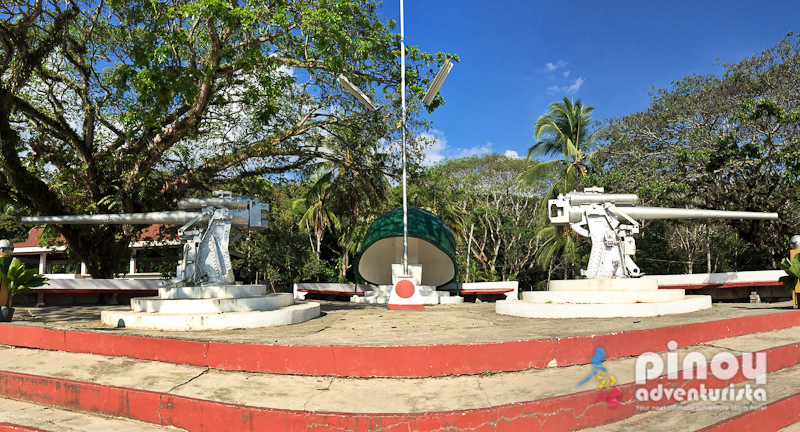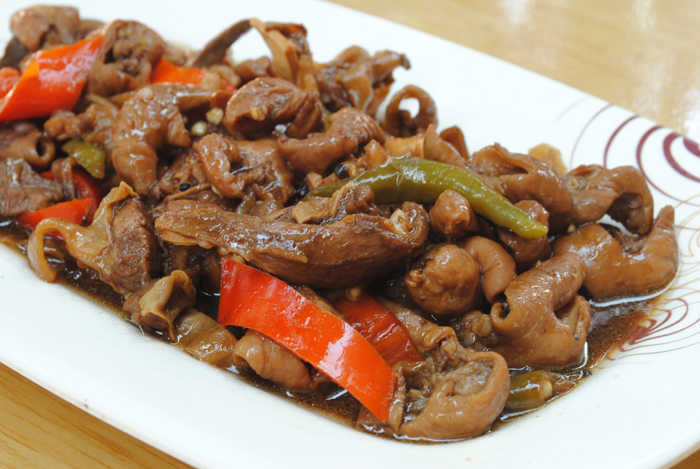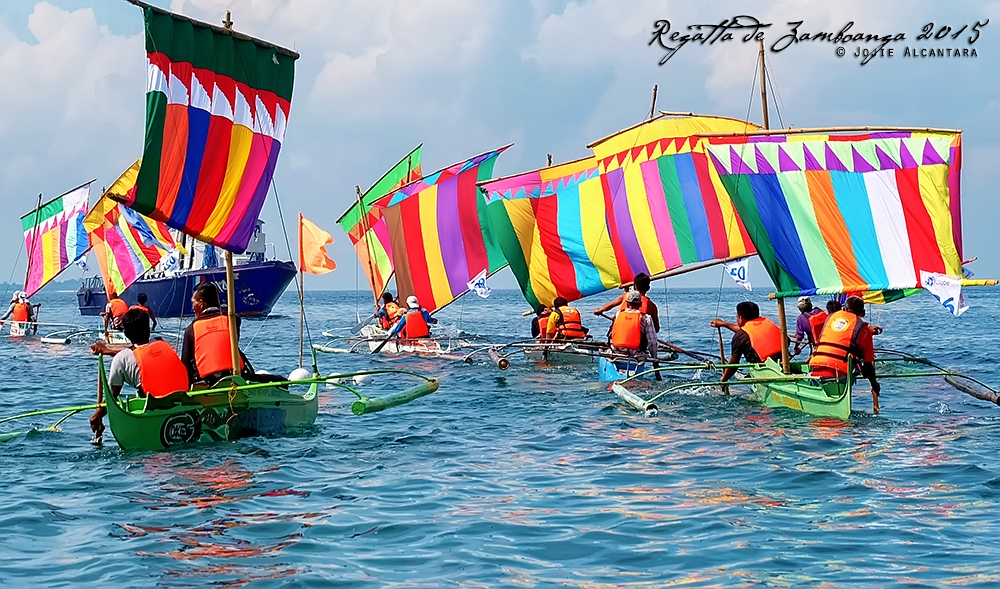MUST VISIT SPOTS IN ZAMBOANGA

1)Fort Pilar
The fort was founded in 1635 as a garrison during the Spanish era and now serves as a shrine and an important historical landmark in Zamboanga City. The place also houses a National Museum branch inside that exhibits paintings, natural marine life and cultural memorabilia that represents the bygone era of Zamboanga as a Spanish City.
2) Pasonanca Park
Pasonanca Park was built in 1912 by the order of Mindanao Governor John J. Pershing and was completed under the administration of Governor Frank W. Carpenter. The park is very beautiful and a good place to go to if you just want to take a walk and enjoy the atmosphere of the park.

3) Zamboanga City Hall
This was built in 1905 and was completed in 1907 by the Federal Government of the United States for the then American Governors. Today the building serves as the City Hall of Zamboanga City where the Mayor holds office.

4) Cawa-Cawa Boulevard
A good place to visit early in the morning to take a quick walk or jog. The place is also good to go to in the afternoon for its gorgeous sunset and at nighttime you can also spend some time here and try eating Balut (a fertilized duck embryo that is boiled and eaten with vinegar and salt).

5) Abong Abong Park
You can climb the hill and do the Stations of the Cross during Holy week or any day of the year, and you can also visit the Scout Camps.


